How to choose a tripod for your camera?
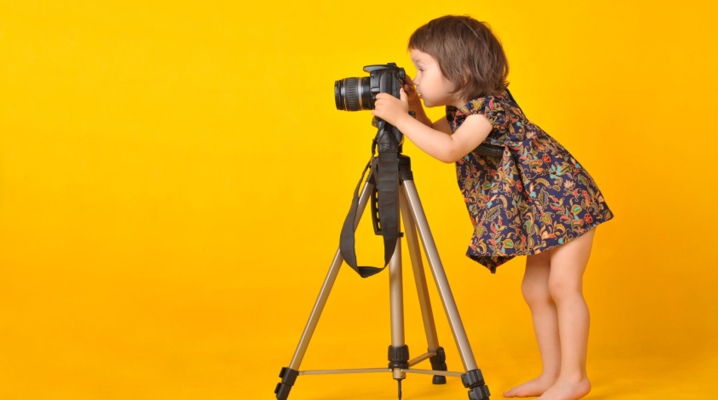
Camera tripods have long been an integral part of the arsenal of not only professionals. According to current statistics, amateurs also use these devices in large quantities. Tripods allow you to take pictures with the highest possible quality in almost any, even the most difficult conditions. It is for this reason that many beginners are wondering how to choose the right tripod for your camera? It should be borne in mind that now in the corresponding market segment there are whole lines of many manufacturers.

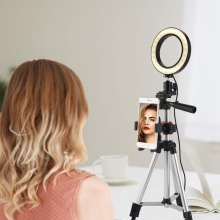
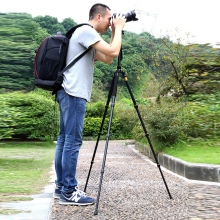
What it is?
These days, pretty good photos can be taken using the cameras of modern smartphones and other mobile devices. However, for truly high-quality shots, you will usually need a DSLR camera. However, the list of necessary equipment does not end with one camera. In most cases, a good tripod for cameras becomes an indispensable assistant.
This attachment secures the camera securely and provides maximum freedom of movement.
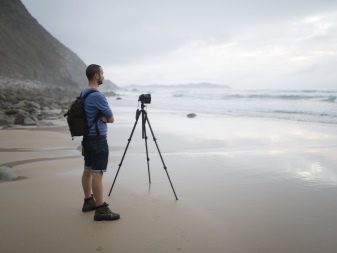
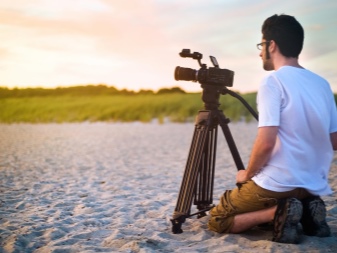
As practice and experience of professionals show, without the use of a high-quality tripod and other types of tripods, in some situations it is impossible to count on a good photo. Based on this, one should focus on the main advantages of the described devices. The main advantage of a tripod is that, by definition, it acts as a support. The user has the ability to rigidly fix the camera and only after that select, as well as change the subject for shooting at any time.

In addition, we are talking about the following indisputable advantages.
- Ability to take high-quality shooting at low ISO values (sensitivity). When using tripods, you can be sure that the picture will not come out blurry. These devices are indispensable when shooting sunrises and sunsets, as well as other natural phenomena.
- The ability to take a leisurely shot. To some, this point may seem dubious. However, as practice shows, it is best to level out many potential defects as much as possible not during the processing of frames, but directly at the shooting site.
- A reliable and stable photographic support allows you to get the most out of the timer when taking group shots. By fixing the camera on a tripod, the photographer himself can become a part of the photo without worrying about its quality. In other words, we are talking about complete freedom of action provided by the use of such structures.
- Modern tripods are indispensable in situations where shooting is carried out at long focal lengths. Please note that oversized lenses are used. At the same time, even minimal fluctuations in technology can be fatal. The tripod almost completely eliminates all potential risks.
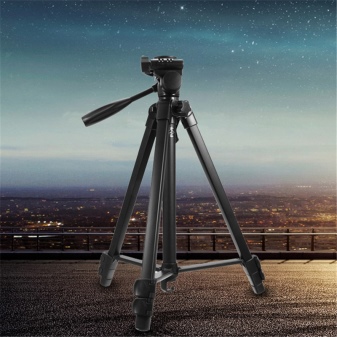

The advantages of the devices under consideration are obvious to everyone who has at least once encountered the process of photographing. However, in fairness, it is worth paying attention to the disadvantages, since nothing is perfect. And in this case we are talking, first of all, about the weight and dimensions of the equipment. These parameters are most relevant for travel enthusiasts.
Also, the dimensions of the poles can play a key role when filming in confined spaces.
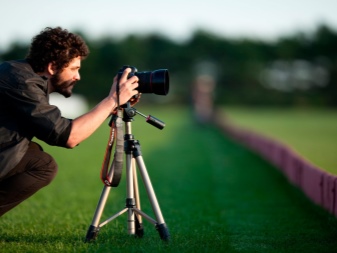

Views
At the moment, manufacturers offer both amateurs and professionals more than a wide range of tripod models for different types of cameras. Their list includes hand-held (portable) and stationary devices. Photographers have access to the so-called crane stands, as well as compact (mini) devices. At the same time, many users choose universal equipment models.
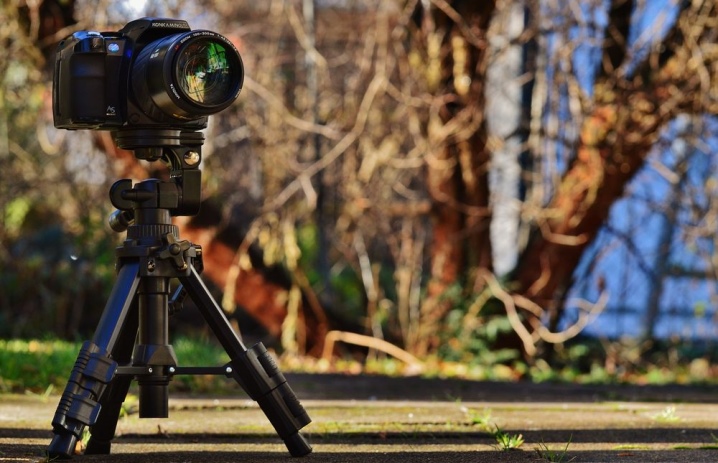
Tabletop
In this case, we are talking about holders for small-sized photographic equipment, which are very often used for macro photography. These comparatively small tripods are made up of 2 or 3-section support legs and usually do not have a central pole. Taking into account the design features, tabletop fixtures can be divided into the following types.
- Tripods, which are compact designs with three legs.
- Stands-clamps, rigidly fixed in a horizontal position with special clamps.
- "Clothespins" are tripods used for fixing compact cameras and equipped with a spring clip.
- "Spiders" (Gorllapod tripod) is a table holder with flexible hinged legs.
- "Suction cups" - devices for installing photographic equipment on smooth surfaces.
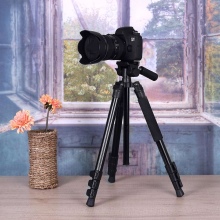


It is worth focusing on flexible (also called articulated) tripods. In this case, the design is based on movable, rubberized segments connected by hinges. The main advantages of such models include the almost complete absence of sliding on the surface, provided by the rubber coating of the legs. In addition, the list of indisputable advantages includes:
- compactness;
- minimum weight;
- maximum mobility;
- affordable cost.
Naturally, one cannot do without the obvious disadvantages characteristic of the described designs. Such mini-supports are not recommended for use in open areas.
This refers to the low stability of the spider tripods in adverse weather conditions.
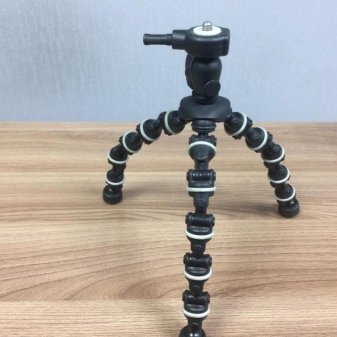

Floor standing
Tripods of appropriate length are classic stands that can be installed on the floor or any other surface. They differ from the tabletop models of tripods described above in their dimensions and the presence of a central rack. The feet of the floor fixture are telescopic, which allows you to adjust the height of the camera installation. You can also use the extendable center rod for this.
By the way, some models of three-legged stands are equipped with a special lifting mechanism.
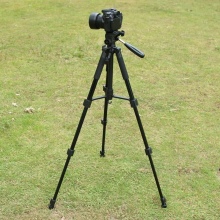

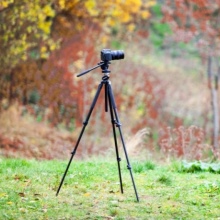
In the vast majority of cases the working height of such tripods is commensurate with human height... This eliminates the need for additional stands and installs structures directly on the floor or on the ground. Taking into account the operational properties, such tripods can be classified as the most versatile. At the same time, their main disadvantages include the relatively large weight and dimensions.


Monopods
This category of tripods includes single-support telescopic rods. Today they are widely used for amateur photography, as well as by reporters. During operation, the entire mass of equipment installed on the monopod is transferred to the support. As a result, camera shake is minimized, image quality is improved, and the burden on the photographer's hands is relieved.
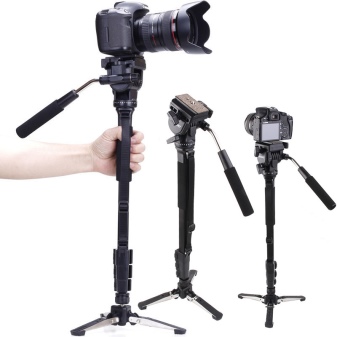
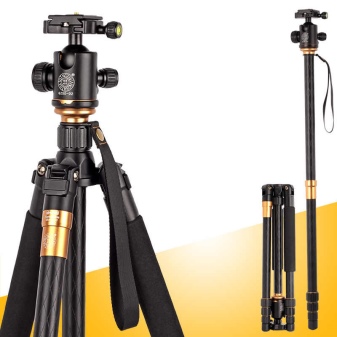
If we compare monopods with outdoor tripods, then the key advantage of the former will be their low weight and compactness. Among other things, the one-legged support allows the user to move freely, practically without restricting his movement when choosing the most successful angle.
However, it should be borne in mind that using a monopod requires certain skills.

Rating of the best models
Today the market of photographic equipment and additional equipment does not experience a shortage of proposals.Many manufacturing companies represent their products in the respective segments. In such a variety, it is quite difficult to navigate, especially for novice photographers.
The current ratings of the most popular tripod models can come to the rescue, which are compiled taking into account the following criteria:
- device type;
- key design features;
- type of head and range of its rotation;
- availability of interchangeable platforms;
- weight and dimensions.
Now the leading positions in such ratings are occupied by representatives of the model lines of brands from different countries. At the same time, the choice of a specific model depends on a number of factors and personal preferences of the potential buyer. Below are brief descriptions of popular tripods.
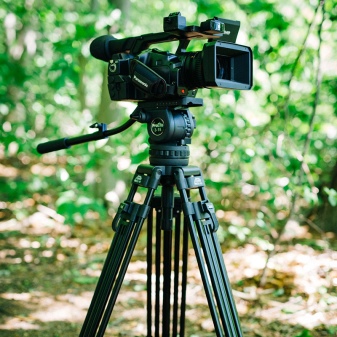
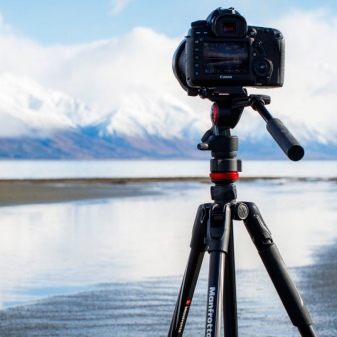
Model Star-63 from HAMA Is a versatile outdoor device that is widely used by amateurs and professionals for photo and video shooting. The main characteristics of the tripod include effective protection of structural elements from moisture and dust. This allows it to be operated in almost any weather conditions. Among other things, the following characteristics should be highlighted:
- reliability and strength of the structure;
- relatively light weight;
- the presence of a carrying bag in the kit.
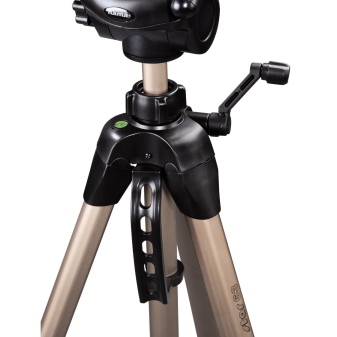
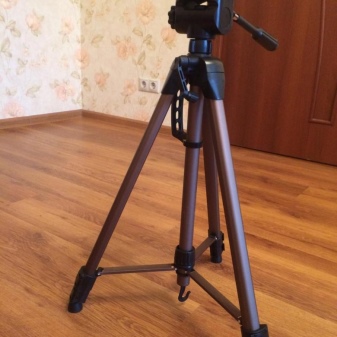
Beike Q999 - a tripod representing the category of professional photographic equipment. One of the main competitive advantages is the ability to use it in the form of a monopod, as well as quick and comfortable conversion into a backpack. Also, the obvious advantages of the model include:
- parameters are adjustable;
- build quality;
- stylish appearance.
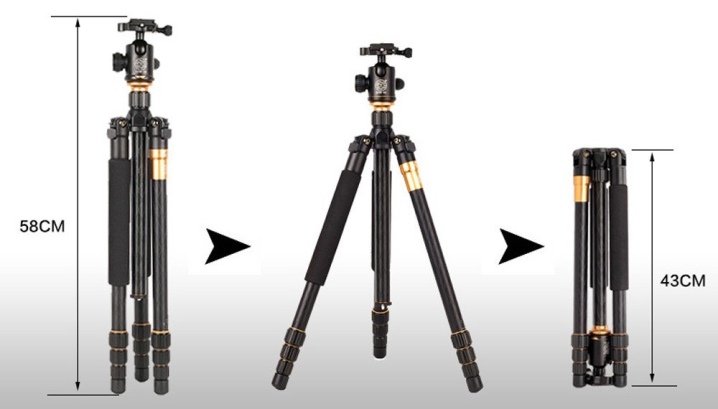
TR-A1 by Continent - a universal tripod, the working height of which varies in the range of 0.63-1.65 meters. The device is capable of withstanding a load of up to 4 kg and differs from its competitors in maximum ease of installation and adjustment (there is an integrated level). Also worthy of special attention are the 3D head with a removable platform and the lifting mechanism. The camera can be fixed in horizontal and vertical positions. Most often, this model is used in a photographic studio.
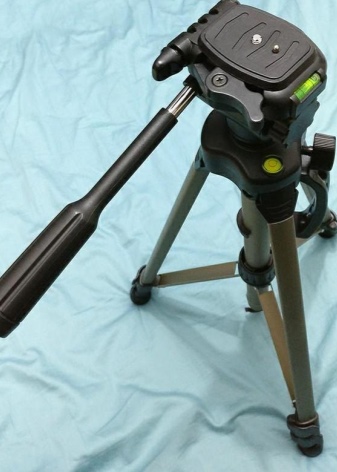
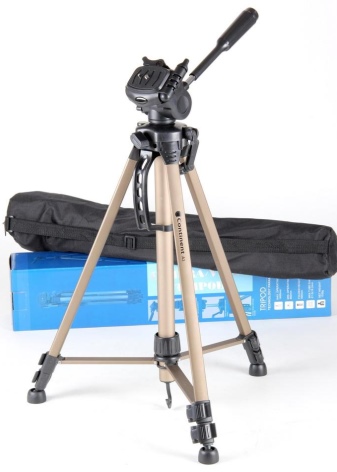
Grifon WT3110 is a 4-section, floor-standing tripod for photo and video equipment. The rugged design allows you to shoot at heights up to 1.6 meters. The main advantages of the model are:
- light weight (only 0.5 kg);
- increased carrying capacity;
- strength;
- maximum ease of use.

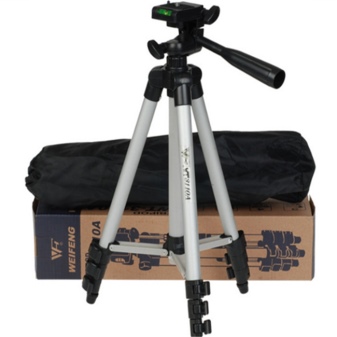
Almost the same performance indicators have model E-600EX from Benro... However, in accordance with numerous user reviews, including professional photographers, The main advantages of these floor-standing 4-section tripods are:
- high build quality and materials;
- maximum structural reliability;
- smooth rotation of the tripod head.
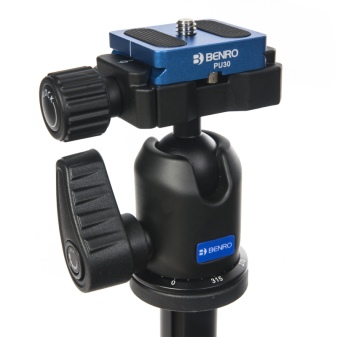
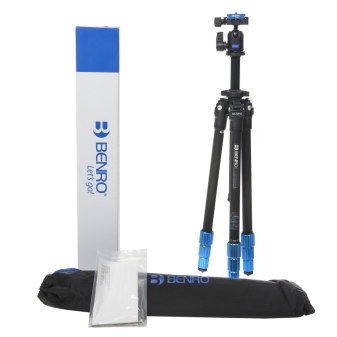
Desktop tripod Mini Ball L from Hama widely used by photographers and videographers. The device allows you to shoot at a height of 14 to 21 cm and at the same time weighs only 110 g. This mini tripod is a prime example of traditional German quality.
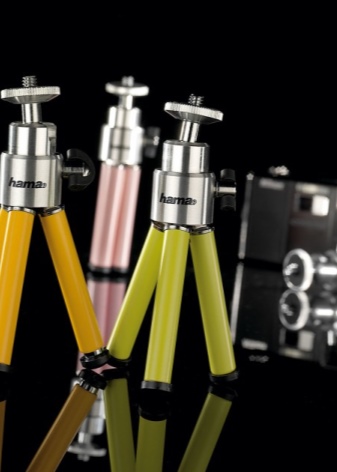
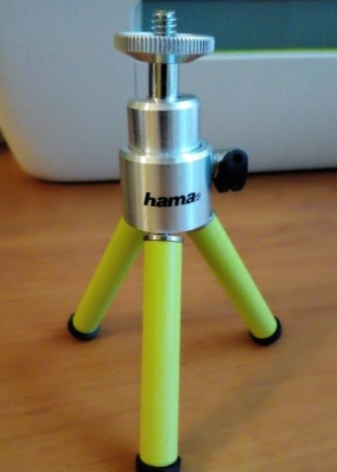
Another popular model of desktop miniature camera stand and binoculars is EX-Mini by Velbon... Due to special stretch marks, equipment tremors are reduced to zero. The most reliable camera fixation is ensured with the help of clip-locks. The tripod head is not removable, which eliminates the risk of losing it. Speaking about the competitive advantages of the model, one should focus on:
- maximum stability;
- compact size;
- ease of use.
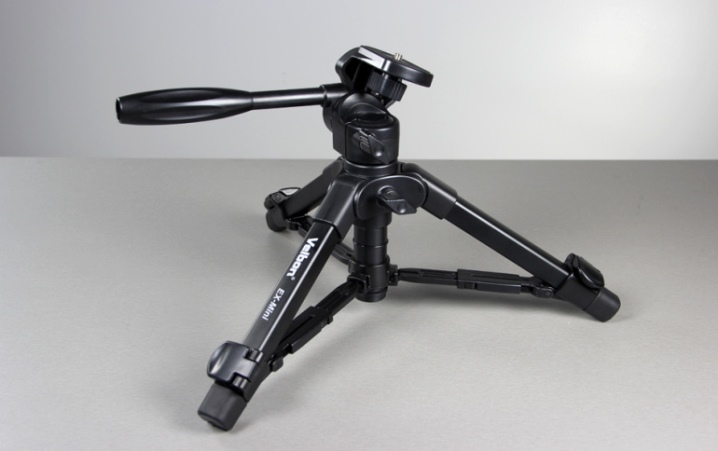
If we consider tripods related to the budget price segment, then you should pay attention to Falcon Eyes MT125... Predictably, the main advantage of this model is its more than affordable cost. In addition, the tripod has a minimum weight with a load capacity of up to 0.5 kg.
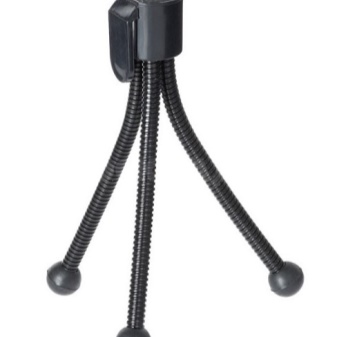
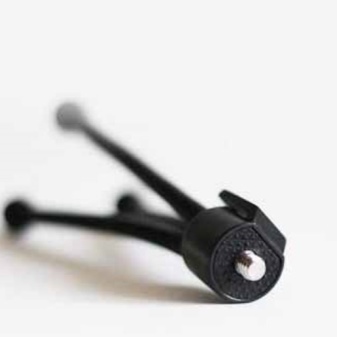
Selection Tips
As already noted, the modern market allows potential buyers to choose the most suitable tripod in each case. In this case, one of the determining factors will be the operating conditions. For example, when choosing a device for a studio or home, you can not focus on weight and dimensions. At the same time, these will be key criteria for travel enthusiasts.

Regardless of the experience of the photographer, it is recommended to choose a stand for photographic equipment, taking into account the peculiarities of the shooting process. In some cases, a monopod will be more than enough, while in other situations, a stationary tripod with a remote control is the optimal solution. You should also focus on the characteristics of the camera.

Experienced photographers advise to pay special attention to the following important points.
- Quality and basic characteristics of materials. If the absence of vibrations and the minimum weight of the structure are at the forefront, then carbon would be the best option. Aluminum in this case will be heavier, but more stable.
- Number of extendable tripod legs. At the moment, manufacturers offer models with 2 to 5 segments. It should be borne in mind that the dimensions of the device in the folded state, as well as its stability, directly depend on this parameter.
- Diameter of the legs.
- Tripod working height range.
- The quality of the foot attachments. Spikes are best for mounting fixtures on soft surfaces. If the tripod will be used more often on smooth and slippery surfaces, then the rubber tips should be chosen.
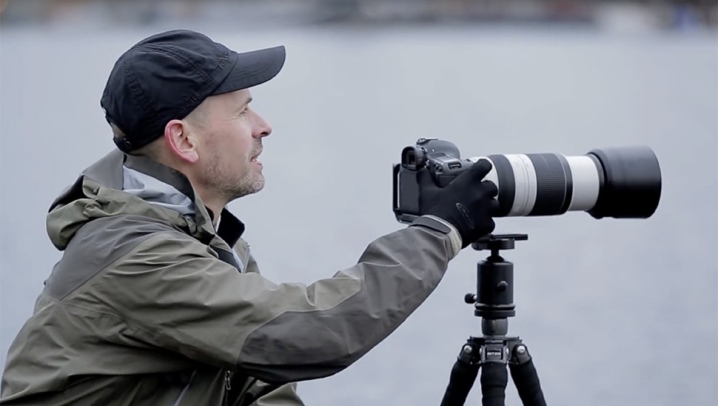
Special attention should be paid to the type of head, that is, the device with which the position of the camera is adjusted. There are three varieties, namely:
- ball;
- 2D;
- 3D.
The first option provides the fastest setup possible. In this case, the adjustment of the position of the camera is carried out using a special lever. However, ball heads are the most short-lived and also not designed for panoramic photography. Considering this option, it is necessary to focus on the quality of the handle.

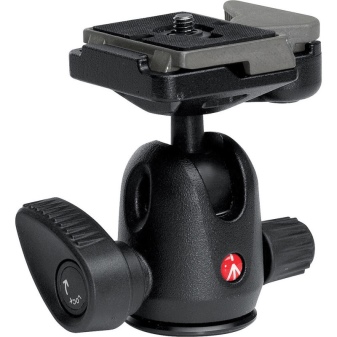
The other two types of heads function on a different principle. 2D devices move the head with the camera in the vertical and horizontal planes, while in 3D models there is a tilt to the side. Unlike ball heads, these two options are characterized by the longest life and are relevant when shooting in panorama mode. At the same time, it will be useful to take into account the financial side of the issue.
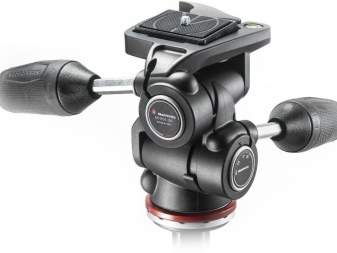
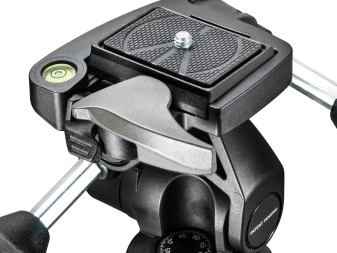
How to use?
Correct operation is the key to the longevity of any equipment. Naturally, this also applies to photo tripods. It is highly recommended to adhere to the following basic rules.
- In order to minimize all vibrations and ensure a reliable fixation of the camera, it is necessary to set up the tripod correctly. In this case, the condition of the support surface should be taken into account, and when shooting outdoors, the stand must be fixed so that it does not sway with the wind.
- Any contamination must be thoroughly removed after each use. We can talk about sand and salt water, the hit of which on various elements of the tripod (especially those with threads) will have an extremely negative effect on its service life.
- In order to securely fasten individual parts, as well as to carry out minor repairs in the field, it is recommended to always have a set of keys, usually supplied with the tripods.
- It is best to leave the tripod plate secured at all times to minimize the risk of losing it.
- Using the auto release function will help prevent camera movement when shooting. To do this, you should also not hold the camera itself and the tripod with your hands.
- The maximum convenience is provided by the use of remote controls.
- Fully extending the central rack with a camera or other equipment installed using adapters should only be done when absolutely necessary.
- It is highly undesirable to carry a tripod with the equipment attached to it.
- The stability of the entire structure can be increased by using weighting materials.
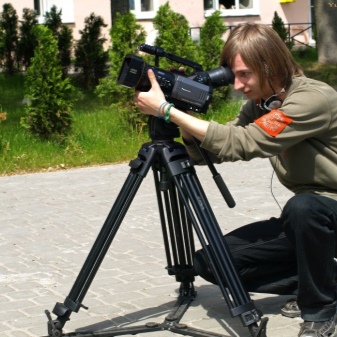
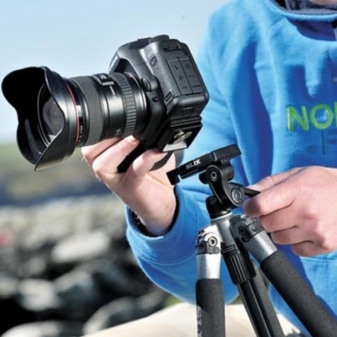
In addition to all of the above, it is necessary to treat the equipment during its operation with appropriate attention and care... This also applies to transporting the tripods.
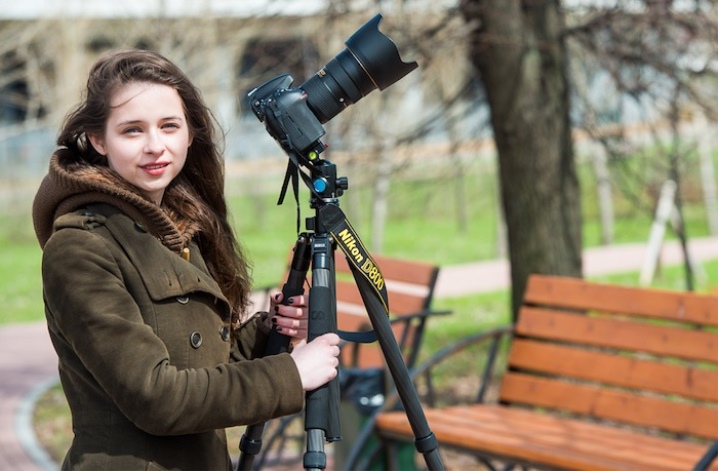
How to choose a tripod for your camera, see the next video.













Everything was painted well.
The comment was sent successfully.